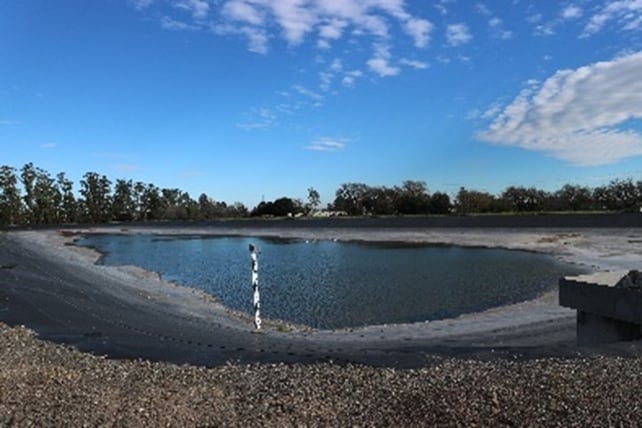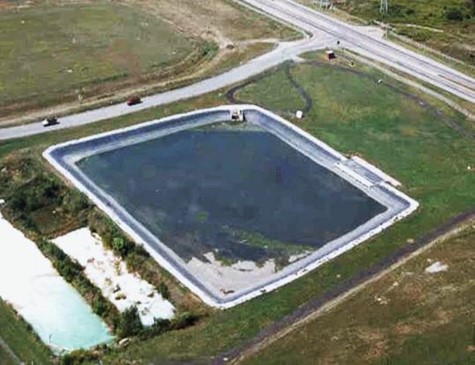October 18, 2022, marked the 50th anniversary of the passage of Public Law 92-500, commonly known as the Clean Water Act (CWA). It was a broad initiative which sought to put the country on a new path to correct the lack of attention to maintaining the waters of the United States.By that time (1972), geomembranes had been reliably established as an alternative to natural materials for hydraulic containment. They have since played a vital role in the implementation of the CWA.
CWA Goals - One of the initial goals of the CWA was to make waterways “fishable and swimmable.” The logical starting point was the regulation of point source discharges. These were end-of-pipe releases, some treated and some not. So, minimum levels of treatment were established early in the implementation of the law, as the CWA introduced the concept of secondary treatment to be the goal for all point source discharges. With the administrative oversight of the Environmental Protection Agency and appropriate state counterparts, water quality throughout the country began improving.
Geomembrane liners in wastewater treatment - Geomembranes are used to store, contain, and manage the flow of wastewater. Geomembranes were first used in North America to line irrigation channels in the continent's western side. Those applications were, in effect, the opposite of many of those supporting the CWA, in that the goal of lining irrigation channels was to contain water to prevent loss of a commodity. Alternatively, geomembranes are typically used to prevent water from escaping and causing damage or contamination. Compliance with or upgrading wastewater treatment plants often began utilizing geomembrane lined impoundments either as treatment process units or storage facilities. Most people think of pond, or impoundment, lining, only, when they think of geomembranes. But geomembranes are used in various areas to support wastewater treatment standards including impoundment lining, as well as floating and fixed odor/gas containment covers, and floating diversion baffles. Also, they are used to contain byproducts of wastewater treatment processes including odors, methane, and biosolids. These broad uses are found in various parts of a wastewater collection and treatment system.

XR-5 Geomembrane Lined
Municipal Wastewater Impoundment
California USA
What next? - Treatment methods and standards have become more efficient over the first 50 years of implementation of the CWA. Several industry articles have appeared recently assessing the progress and future of the CWA. One, published from the standpoint of a wastewater treatment facility, advocated for self-regulation in a period that is today, quite self-aware of the need to protect our waterways. Another, published from the standpoint of an equipment supplier advocates for expansion of the CWA to place more emphasis on non-point source pollution. Indeed, stormwater has become the “next horizon” in pollution prevention. Geomembranes are valuable tools in managing the quality of stormwater discharges, and large area stormwater discharges are often directed to geomembrane lined impoundments to:
- Mitigate damage due to volume.
- Provide detention to ensure quality prior to release.
- Allow for natural attenuation and settling, and for collection for beneficial reuse.
Many industrial facilities have long recognized that on-site stormwater collection and storage is a valuable tool in environmental protection and liability management. Considering the potential variety of pollutants, geomembranes are the preferred water containment liner. Sunlight exposed, low thermal expansion materials provide low maintenance containment for all types of water containment.

XR-5 Geomembrane lined
Industrial Stormwater Impoundment
Indiana USA
The treatment necessary to remove emerging contaminates such as PFAS will introduce even more needs for cost effective liquid management solutions.
Further information? – After 50 years, “Sewage or Wastewater Treatment Plant” is being replaced with “Water Resource Recovery Facility”. This more modern description of the value of water is supported by the efficient and reliable use of geomembranes for water containment, treatment, and reuse. An upcoming Blog series entitled “How Geomembranes help to Improve Water Quality, Lower Costs and Increase efficiency in Wastewater Treatment” will go into depth about the use of geomembranes in this industry.
All photos were sourced from Seaman Corporation.
For more information on the XR Series of geomembranes, visit: www.xrtechnology.com.



